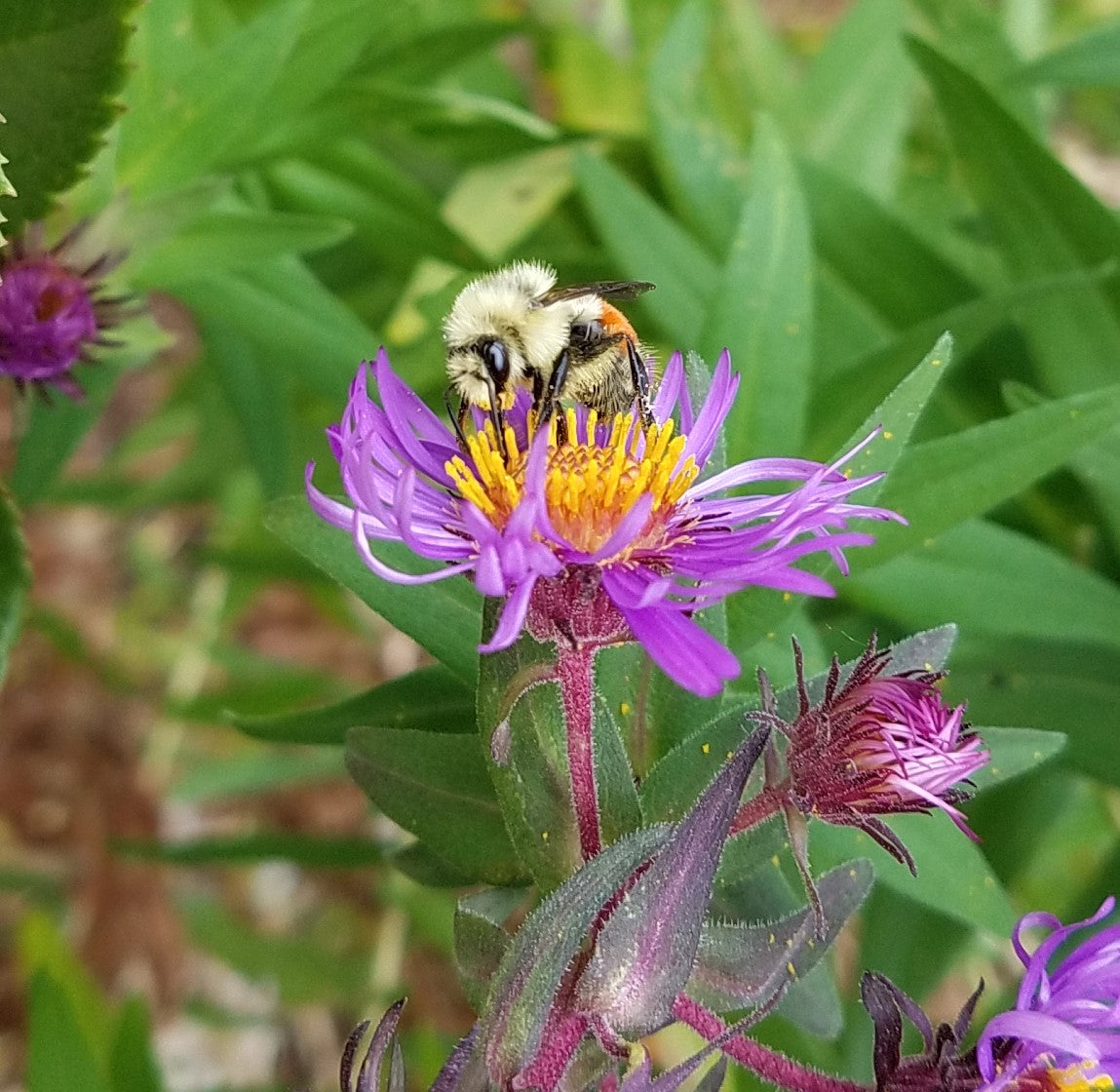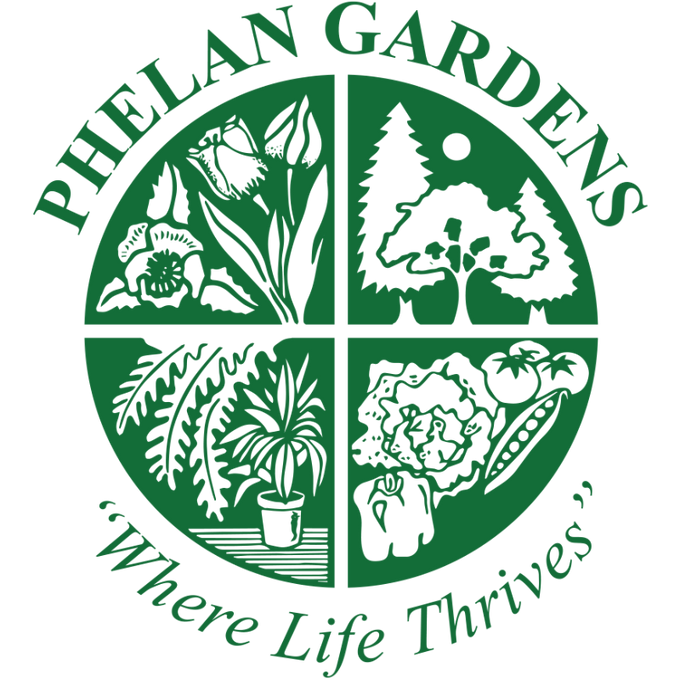"Bee" Part of the Solution

Bees are important pollinators for many of our food crops. In fact, about 1/3 of our food is pollinated by honey bees including many nuts, fruits and citrus. Yet, bee numbers are in serious decline. Although researchers point to possible causes such as pesticide use, loss of habitat, and disease... no one has been able to pinpoint the exact cause and offer a remedy.
There is now a movement in the gardening world to become a frontline for bee recovery by providing nectar and pollen-producing plants in our home gardens. Perhaps if enough grass-roots green thumbs take an active role in these ‘bee recovery zones” we can swing the pendulum the other way for these important insects and undo some of the damage that has been done.
What does it mean to plant a ‘bee friendly’ garden? This means your garden should have a diverse group of nectar and pollen-rich plants in a pesticide free environment. Ingredients for a bee friendly garden include:
1) Plant patches of the same flowering plant (4’ or more) to make it easier for bees to locate and harvest from flowers. Colors that particularly attract bees are: blue, purple, violet, white, and yellow.
2) Types of flowers: bees are attracted to include ‘old school’ flowers, herbs and natives. Avoid hybrids that have had the nectar/pollen producing qualities bred out of them. Ex. Plant old fashioned sunflowers instead of the ’pollenless’ types.
3) Bloom time: Plant a variety of flowers with staggered bloom times to feed bees in Spring (bulbs, fruit trees, crabapples), Summer (coneflower), and Fall (mums and asters).
4) Avoid toxic pesticides in your garden. No sense attracting these little guys only to poison them. If you must spray a pesticide, try to pick something that is bee-friendly or time your application when bees are not active (early morning or evening hours)
We should note that, according to the Colorado State University Extension, honey bees rarely sting. Wasps are usually the culprits here. Yellowjacket wasps are often hard to distinguish from honey bees. But, you can tell the difference because honey bees will have hairy bodies, while wasps will be smooth. Wasps will also build paper nests, honey bee nests are waxy.
Bee Friendly Plants
Compiled from Colorado State University Extension, Colorado State Beekeepers Association, Pollinator Partnership, and The Xerces Society
Dandelions … they are not weeds to bees ;-)
Herbs
Most herbs are wonderful for pollinators. If you are planting for this purpose, let them flower!
Basil
Lavender
Marjoram
Mint
Oregano
Rosemary
Thyme
Trees
Crabapple varieties (early nectar source)
Fruit Trees: All types (early nectar source)
Aspen
Hawthorn
Linden
Maple
Annuals
Alyssum
Bachelor Button
Calendula
Cleome
Cosmos (single types)
Euphorbia ‘Diamond Frost’
Heliotrope
Morning Glory
Nasturtium
Snapdragon
Sunflowers (with pollen!)
Verbena
Zinnia
Shrubs
Amelanchier: Serviceberry
Caryopteris: Blue Mist Spirea
Chrysothamnus: Rabbitbrush
Cotoneaster
Forsythia
Mahonia: Grape Holly
Philadelphus: Mock Orange
Prunus: Sand Cherry
Rhus: Sumac
Syringa: Lilac
Perennials
Achillea: Yarrow
Agastache: Anise Hyssop
Alyssum: Basket of Gold
Asclepias tuberosa: Butterfly Weed
Aster
Campanula: Bellflowers
Centaurea: Bachelor’s Button
Chrysanthemum: Mums
Coreopsis: Tickseed
Echinacea: Coneflower
Eupatorium: Joe Pye Weed
Gaillardia: Blanket Flower
Helianthus: False Sunflower
Liatris: Gayfeather
Lupinus: Lupine
Malva: Hollyhock Mallow
Monarda: Bee Balm
Nepeta: Catmint
Papaver: Poppy
Penstemon: Beardtongue
Perovskia: Russian Sage
Phlox: Creeping Phlox
Ratibida: Prairie Coneflowers
Rudbeckia: Black-Eyed Susan
Salvia: Salvia varieties
Scabiosa: Pincushion Flower
Sedum: Creeping & Upright
Stachys: Lamb’s Ears
Solidago: Goldenrod
Tithonia: Mexican Sunflower
Tradescantia: Spiderwort
Veronica: Speedwell
Bee populations have been in decline for several years. While no one is sure exactly WHY this is happening. We as gardeners can become a frontline group to help plant bee-friendly landscapes.
Resources
Colorado State Beekeepers Association: https://coloradobeekeepers.org/
Pollinator Partnership & North American Pollinator Protection Campaign: pollinator.org
The Xerces Society: Xerces.org
Penn State Department of Entomology: Pollinator Resources

